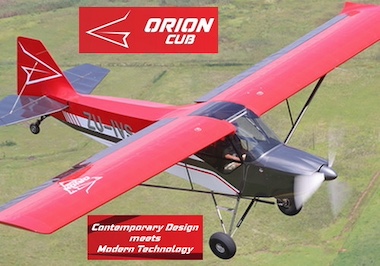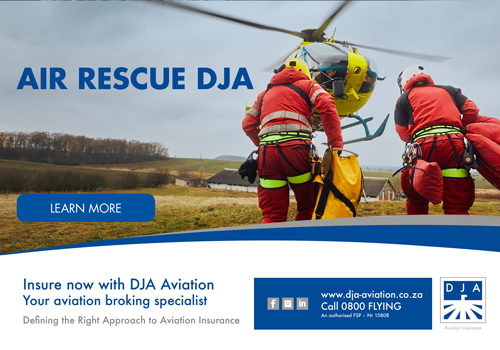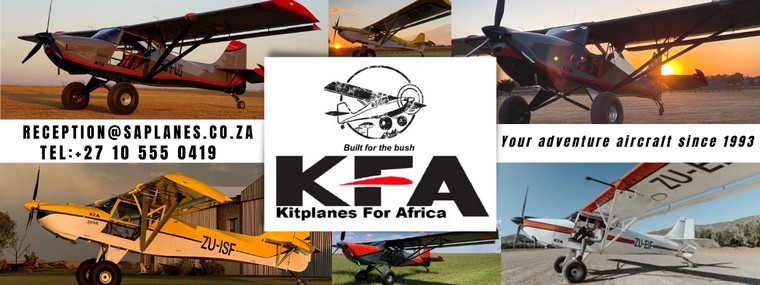















Comedian Chameleon - Lost in Translation Part II
By A Pilot
Google Banner Ad
Pilots need to work with a lot of different figures. Forward visibility is measured in metres. Distance from cloud and height above ground is measured in feet. Tyre pressure and oil pressure can be in pounds per square inch. Vertical speed reads in feet per minute. Airspeed is given in nautical miles per hour, known as knots. One tells the passengers the groundspeed in km per hour, so that they can relate.


The density altitude needs to be worked out because its different from the actual, pax either know their weight in pounds or Kg, Centre of Gravity is worked out in stations, the list could go on…

Sometimes all of this can get a bit much, then one had opuwo. Opuwo means "enough" in some Namibian dialect. I was flying through Namibia's vastness with a delightful Austrian couple, when we came upon a place called Opuwo. The locals told us the story of how the tribes that trekked down from Central Africa had had enough of trekking through the harsh lands and stopped right there and settled, calling the town: Opuwo. What they didn't have opuwo of was shade and trees. Therefore, as soon as we landed, a bunch of locals came and sat under our wing…
Namibia is amazing. Most of the people I have met there speak at least four languages and somehow surviving the unforgiving landscape makes for a great sense of humour. The (Sprinbok) German influence makes for an interesting mix of cultural differences that makes Namibia charmingly different from any other African country I was privileged enough to visit. The people are open minded and love to have fun and adventures in the unrelenting heat.


The Sossusvlei, Windhoek, Swakopmund and the Fish River are some of the highlights to be visited, as well as a sand golf course in Henties Baai. Spending New Year's at the top of a huge dune, it is normal ops to drive one's Landy's as far up as one can manage before the tyres keep rotating in the famously deep red sand and then sit on camping chairs enjoying a few cold ones, whilst looking down on the festivities in Walvis Baai. The ships fire flares at midnight, as do the party animals on the beach. One of the flares ended up in a car, which exploded, much to the cheer of all the onlookers, including the owner. Namibians live hard, work hard and party hard.
Speaking of working hard, the sand strip at Hartmans Vallei is not for Sissies, either. We had about an hour to go to the airfield in the tufted grass, scenic desert, when I heard a Grand Caravan climbing out of Hartmans in the shimmering heat. I jumped on the radio, it was great to hear someone in this isolated part of the world.
"Howzit, the boys just airborne Hartman's, it's my first time going in there, anything I should know?"

"Ja, there's a long ledge right in front of the threshold, don't let that irritate you into going higher, immediately after landing veer to the right of the strip, otherwise your nosewheel will sink into the soft sand, and whatever you do, don't enter the sand apron at the first opportunity, but go the end of the strip and then taxi right into the apron at the side, or you will sink into the sand for sure…"
"Jee whiskers, I am sorry I asked."
Lots of laughter on the air: "Ja. Nee. Kyk… Afrika nie vir Sissies nie!"


How true that was, I found out three days later, after smoking countless cigarettes with the Himbas, communicating only with sign language, nothing lost in translation there…and lots of quad-biking in the dunes.
Airborne out of Hartmans, one gets a sense of the vastness of the dunes, the only diversion being the impressive Kunene River, when seemingly out of nowhere a massive thunderstorm enveloped us about an hour away from the strip. I turned the aircraft around to see if we could go back, but that was useless, as we were surrounded. Obviously, I had seen the clouds build to the North, but just didn't realise how quickly the weather travels in these parts. The tourist pilot was a validated PPL sitting left seat, with no instrument rating…
Now I had to take over flying through the clack from the right seat, staring and reacting to any movement sideways on the DI (Directional Indicator) and AH (Artificial Horizon) and ASI (Airspeed Indicator), whilst the rain was so loud on the airframe, and the millions of huge drops spattering at us mainly through the bottom and sides of the leaky glareshield.

Maintaining direction towards the next destination, I was hoping to pop out of cloud at 10000'. When we were still in the white approaching 11000', I abandoned that stupid idea. We only popped out of cloud shortly before reaching Ondangwa, I had a crick in my neck muscles for the rest of the week, but was happy knowing, we had made it safely and that I had really earned my money that day…
On the way to the accommodation, the car's radio was playing an old song: "Hart, wie Kameldornholz, ist unser Land, und trocken sind seine Riviere. Die Klippen, sie sind von der Sonne verbrannt…"

Day Three, Another 5 Days in Kruger National Park 18 Oct 2023

Google Banner Ad
 |
 |
 Copyright © 2024 Pilot's Post PTY Ltd
The information, views and opinions by the authors contributing to Pilot’s Post are not necessarily those of the editor or other writers at Pilot’s Post.
Copyright © 2024 Pilot's Post PTY Ltd
The information, views and opinions by the authors contributing to Pilot’s Post are not necessarily those of the editor or other writers at Pilot’s Post.